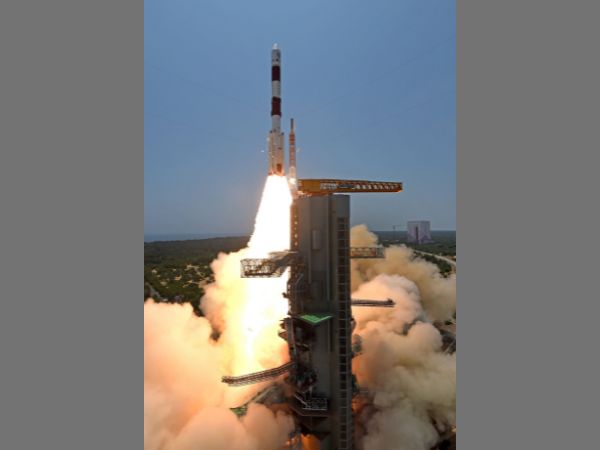- Wednesday, April 23, 2025
The launch of Aditya L-1 took place less than two weeks Chandrayaan-3 successfully landed on the moon’s south pole, creating history.

By: Shubham Ghosh
DAYS after becoming the first country ever to accomplish landing on the south pole of the moon, India on Saturday (2) launched yet another remarkable mission — a solar observatory one.
The country’s space scientists on the day launched Aditya-L1 mission on the Polar Satellite Launch Vehicle XL from the Satish Dhawan Space Center in Sriharikota in the southern state of Andhra Pradesh around 11.50 am local time.
The crowd present on the occasion chanted “Bharat Mata Ki Jai” (Hail Mother India) as the rocket lifted off.
#WATCH | Crowd chants 'Bharat Mata Ki Jai' as ISRO's PSLV rocket carrying Aditya L-1 lifts off from Sriharikota pic.twitter.com/5uI6jZfLvJ
— ANI (@ANI) September 2, 2023
Aditya-L1 will be placed in the halo orbit around Lagrange point 1 (L1) of the sun-earth system, which is located about 1.5 million kilometres from Planet Earth, NDTV reported.
The journey of L1 will take 125 days.
Discovered by Italian mathematician Joseph Louis Lagrange, Lagrangian points are areas in space where gravitational forces, acting between two objects, balance each other in such a way that spacecraft remain in a fixed position with minimal consumption of fuel.
The L1 point is considered the most significant of the Lagrangian points for the purpose of solar observation.
According to the Indian Space Research Organisation, the mission’s key objectives include understanding the coronal heating and solar wind acceleration; gathering knowledge of coupling and dynamics of the solar atmosphere; gaining a deeper understanding of solar wind distribution and temperature anisotropy; among others.
Aditya-L1 is carrying seven different payloads to conduct a detailed study of the sun. Four of them will observe light from the sun while the remaining three will measure in-situ parameters of the plasma and magnetic fields.